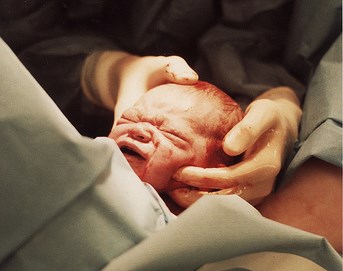Though you may think of midwives as a profession out of the medieval era, demand for them is increasing in Saskatchewan.
Midwifery as a regulated profession is fairly new in the province – the position has only been official since 2008. Fifteen midwives operate across Saskatchewan, with six practicing in the Saskatoon Health Region.
“Certainly within the Saskatoon Health Region, the demand for midwives has increased. It seems to be a very popular option for people to be seeking,” said Leanne Smith, director for maternal services in the Saskatoon Health Region. “I think more people are learning about what the role of the midwife is, and as we have more capacity to provide care, more people hear about it. I think also in Saskatoon in particular, we have an active community presence that really support natural childbirth.”
And, she adds, there are just more babies being born.
Midwives are funded by the government, meaning not every midwife who wants to practice can just start up a business.
“We don’t have enough midwives to meet all the requests that we have for midwifery services,” Smith said.
In the past, the provincial government has offered bursaries and made other inroads into recruiting. However, Margaret Baker, acting executive director of the primary health services branch at the Ministry of Health, said midwives are difficult to recruit.
“We are at a point now where the positions that we have available are filled,” she said.
In the province, midwives are regionally employed. This means they work with available health providers. The duty of a midwife is to provide prenatal care, labour and delivery support, and post-natal care for up to six weeks after the birth. Smith said the primary reason a woman chooses a midwife is for the option of home birth – she said that 45 per cent of people who choose midwives will also choose a home birth.
Midwives receive training from an approved program in how to care for the mother and baby and help with labour and delivery.
“Just like a nurse, for example, they go to school, they write exams, they have practicums, and then they’re able to be licensed,” Smith said.
However, they are legally not allowed to handle birthing complications, such as early delivery. In that case, they are required to hand the case over to an obstetrician.
In addition to the practical training in how to care for a patient, midwives also receive training in other aspects of pregnancy as well.
“They learn how to work with people on a psychosocial aspect and how to coach women through labour,” Smith said. “They learn a lot of what people might call ‘soft skills.’”




